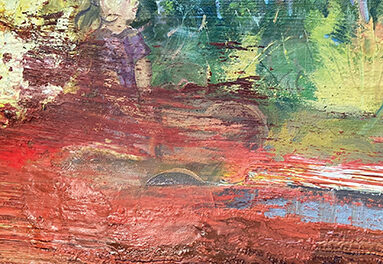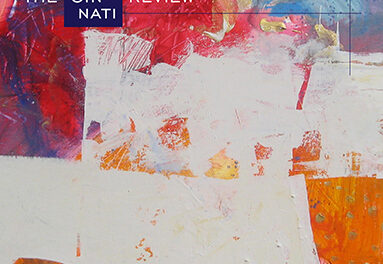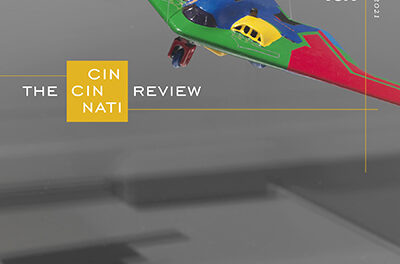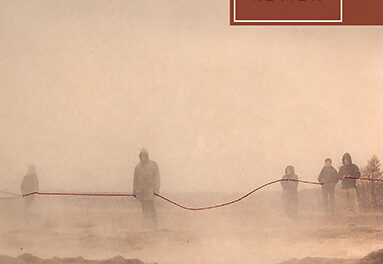Like a lot of people, I imagine that if I make my telepathic frustration with whomever NPR is interviewing strong enough, I can call it activism. And then I am angry at myself for being one more ineffectual, self-satisfied, ego-driven jackass yelling at the radio.
Like anybody, I like to look at pictures of animals to unclench. Like somebody who wants to be special, I have chosen a particular niche—in my case eighteenth- and nineteenth-century upper-class European engagement with questions of biology and the sensation of wonder.
Like how Philip Henry Gosse peered through the glass of the public aquarium he installed in 1853. At first his ambition was to paint the beautiful underwater flower creatures before they putrefied in a day or two.
Then he began to wonder how they live. When he observed the alliance, what he called the “strange affair,” between the cloak anemone and the hermit crab to whose shell it was affixed, he wanted to know who was in control. Does the crab pull the anemone along, or has the anemone tentacled all the way into the crab’s brain?
Once Gosse realized he needed to add algae to the tanks to oxygenate the water, his creatures lasted longer.
It has taken a long time for the idea of mutualism to penetrate the epistemological system we call “the scientific method,” an Enlightenment-era invention that is, you may be sorry to hear, symbiotic with extraction capitalism, the transatlantic slave trade, white supremacy, and a deep need humans have to believe themselves to be both “good” and “right.”
The sea anemones use the tiny spikes of poison that line their tentacles to shock octopuses away from the crab. In return, the crab shares some of its prey.
By the time the collectors of the Victorian aquarium craze Gosse inspired were done with them, the tide pools off the western coast of England were empty. “Profaned,” he told his son in grief. “Vulgarised.” A member of a fundamentalist Christian sect where all men were called to preach, all women were required to remain silent, and the Second Coming was just around the corner, he proposed in his best-selling books that such pools were relics of the Garden of Eden, perhaps even the Garden itself, and found it hard to understand his purpose in this life after the tide pools’ creatures disappeared.
I think Philip Henry Gosse was an asshole who wanted to create the kind of future that terrifies me. I think it takes a lot of cruelty to, in the name of science, feed a sea anemone a piece of raw beef until it vomits over and over again for the sake of something called data.
Nevertheless, I believe he was sorry for what he made possible.
Nevertheless, he kept an aquarium’s worth of royalties in the bank.
Nevertheless, I turn, with wonder, the illustrated pages of his masterpiece, The Aquarium, feeling more and more as if it is the anemone of my own face that has exploded into whorls of tentacles, each prickled up with sensations of temperature, salinity, the speed of the current, the rippling presence of some other creature I might repel with a shock of poison or draw toward what a human might call my eye but is in fact my mouth, stomach, anus, eggs, sperm, esophagus, intestines, all one singular well of my being.











